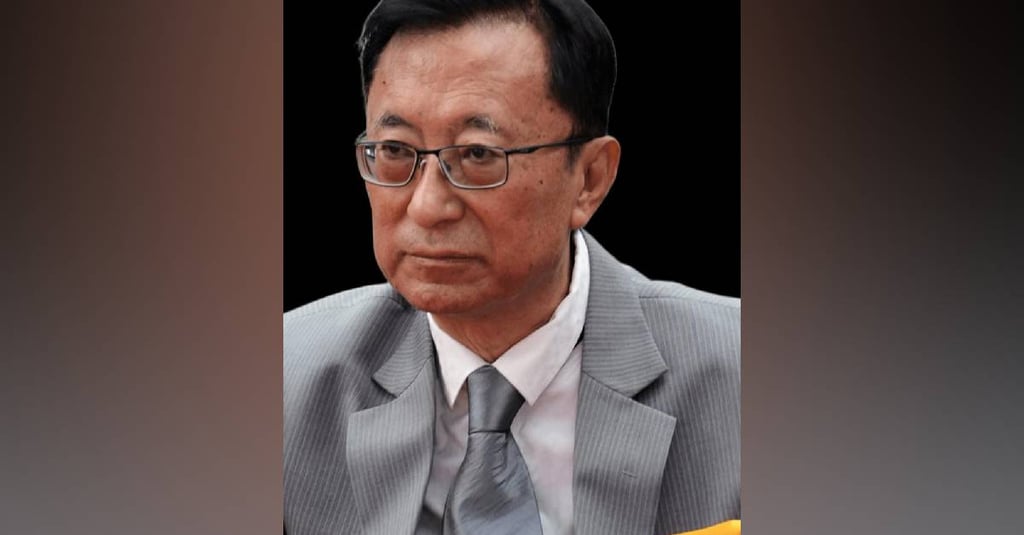Will Sikkim lose its identity if it merges with Darjeeling?
Economically, Sikkim is more developed than Darjeeling. In 2013-14, Sikkim’s per capita income stood at Rs 1,94,624, compared to Darjeeling’s Rs 87,695.
LOCAL


The possible merger of Sikkim and Darjeeling has raised many questions and concerns. People are worried about how it could affect their daily lives, economy, and political rights. Some fear that Sikkim’s special protections under Article 371F may be abolished, similar to the reorganization of Jammu and Kashmir. This could fundamentally alter the fabric of both areas, affecting their demographics, economies, and political power structures.
Sikkim’s population of 6,10,577 (as per the 2011 Census) is much smaller than Darjeeling’s 18,46,823 residents. This stark difference could lead to Sikkim’s cultural identity being overshadowed in a merged entity. Scheduled Tribes (ST) and Scheduled Castes (SC) in Sikkim may face increased competition for resources due to Darjeeling’s larger ST and SC populations. Darjeeling’s SC population alone is fourteen times that of Sikkim, highlighting the imbalance.
Moreover, Sikkim’s low fertility rate of 1.1 (as of 2022) indicates a shrinking population, while Darjeeling’s fertility rate of 2.1 suggests continued growth. Over time, Sikkim’s indigenous communities may feel marginalized, with reduced cultural and political influence.
Darjeeling’s high population density of 586 people per square kilometer is far greater than Sikkim’s 86. A merger could lead to increased migration from Darjeeling to Sikkim, resulting in overcrowded towns and strained infrastructure. While migration could boost economic activity, it may also overburden Sikkim’s resources and disrupt its rural landscape.
A merger would likely centralize administrative control in Darjeeling due to its larger population. Darjeeling currently has fewer districts, sub-divisions, and health centers than Sikkim, but any new administrative units would likely favor Darjeeling. Sikkim residents could face longer travel times to access government services, diminishing their local influence.
Economically, Sikkim is more developed than Darjeeling. In 2013-14, Sikkim’s per capita income stood at Rs 1,94,624, compared to Darjeeling’s Rs 87,695. Sikkim has benefited from central government projects and improved infrastructure, while Darjeeling has experienced neglect under West Bengal’s administration.
A merger could widen these economic gaps. With Darjeeling’s larger population, more government funds and development projects would likely be directed there. Sikkim’s youth could lose out on job opportunities as Darjeeling’s competitive workforce dominates the job market.
Darjeeling’s voter base of 11.97 lakh far exceeds Sikkim’s 4.66 lakh voters. In a merged state, political power would likely shift to Darjeeling, weakening Sikkim’s representation. The abolition of Article 371F would remove reserved seats for Sikkim’s Bhutia-Lepcha communities, further diluting their political influence.
With Darjeeling’s larger population, most assembly constituencies and panchayat seats would be allocated there, leaving Sikkim’s political voice overshadowed. Even in Parliament, Darjeeling’s larger electorate would dominate, reducing Sikkim’s influence on national issues.
Historically, Darjeeling was part of Sikkim, but centuries of separation have created distinct identities. For Sikkim’s residents, the potential loss of statehood and being reduced to a district is deeply unsettling. While many empathize with Darjeeling’s struggles, sacrificing their hard-earned statehood feels like too great a cost.
The proposed Sikkim-Darjeeling merger poses many challenges. While it may bring development opportunities to Darjeeling, it threatens Sikkim’s identity, autonomy, and resources. The disparities between the two regions make this merger a potentially unequal arrangement.
( This news piece is the opinion of S.D. Tshering, Retd. Director General, DESM&E. )
